LCL Reconstruction
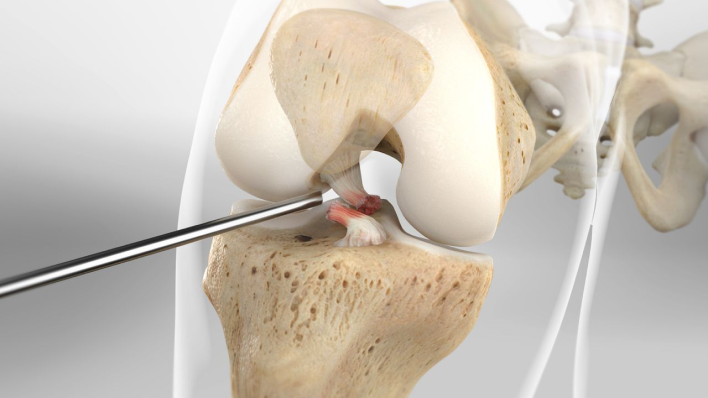
Understanding
LCL Reconstruction Surgery in Dubai
Restoring Mobility and Strength : A Path to Pain-Free Living
A debilitating injury to the lateral collateral ligament (LCL) can affect a person’s ability to walk, play sports, and do everyday activities. At Tarabichi Joint Care, we understand the LCL’s critical role in knee stability.
Our specialized team is dedicated to achieving the best possible outcomes. We provide expert LCL reconstruction surgery in Dubai using the latest techniques. This procedure, LCL knee surgery in Dubai, is a highly effective solution for severe ligament tears.
Anatomy of the LCL Knee Ligamnet
The knee joint is a complex structure stabilized by several ligaments. Located on the outside of the knee, the LCL is a strong, cord-like band of tissue.
It connects the bottom of your thighbone (femur) to the top of your smaller lower leg bone (fibula). The main role of this ligament is to prevent the knee from bending outward abnormally, which helps maintain smooth and stable motion.
Common Causes of LCL Injuries
LCL injuries are typically caused by a force that pushes the knee inward, stressing the outer ligament.
This type of trauma is common in sports that involve frequent bending, twisting, or sudden changes in direction. Common causes include:
- A direct blow to the inside of the knee.
- An injury from a sport like football, soccer, or skiing.
- A hyperextension of the knee.
Types of LCL Injuries
LCL tears are classified into three grades based on their severity:
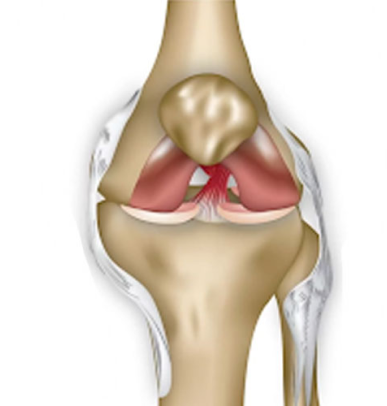
Grade 1
A mild injury where the ligament is stretched but not torn.
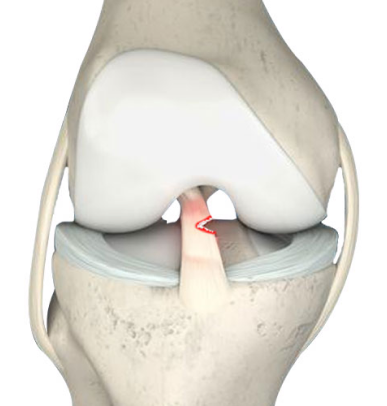
Grade 2
A moderate, partial tear of the ligament.
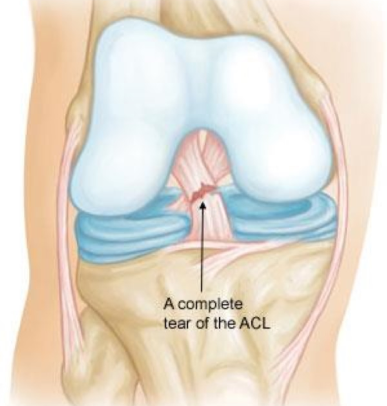
Grade 3
A severe, complete tear of the ligament, which may also involve damage to other knee ligaments.
When is LCL Reconstruction Surgery Recommended?
Not all LCL tears require surgery. Minor tears (Grade 1) can often be treated non-surgically with rest and physical therapy. However, LCL reconstruction surgery in Dubai is often recommended for:
- Grade 3 injuries (a complete tear).
- Injuries where the LCL tear is combined with damage to other ligaments, such as the ACL.
- Cases where non-surgical treatments have failed to restore knee stability and function.
For individuals who lead active lifestyles, LCL surgery in Dubai is often necessary to restore full knee function and allow a return to physical activity.
Candidates for LCL Reconstruction Surgery
Good candidates for LCL knee surgery in Dubai are typically individuals with a severe (Grade 3) tear or a combined ligament injury.
This procedure is an excellent option for athletes and active individuals looking to get back to high-impact sports. The ideal candidate is also committed to a structured post-operative rehabilitation program.
Symptoms
Symptoms of an LCL tear often appear immediately after the injury and can include:
- Pain and swelling on the outside of the knee.
- Tenderness to the touch along the LCL.
- A feeling of instability, or the knee "giving out" or buckling.
- Bruising and a feeling of looseness in the joint.
Benefits of LCL Reconstruction Surgery in Dubai at Tarabichi Joint Care
The benefits of LCL reconstruction are significant, especially for those with complete tears. Surgery can help to:
- Restore stability to the knee joint.
- Enable a return to sports and other physical activities.
- Reduce chronic pain and the feeling of instability.
- Lower the risk of future knee problems.
Diagnosis
For treatment to be effective, a proper diagnosis is vital. Our specialists use a thorough physical examination and specific tests to check for any instability in the knee.
Diagnostic imaging, such as an MRI, confirms the diagnosis and evaluates the extent of the damage to the LCL and any other surrounding structures.
Treatment options
Your treatment plan will be tailored to the severity of your injury. Options include:
- Non-surgical treatment: In cases of mild to moderate tears, treatment options can include RICE (Rest, Ice, Compression, Elevation), bracing, and a strengthening program through physical therapy.
- Surgical treatment: For severe tears, LCL reconstruction surgery in Dubai is performed to replace the torn ligament.
This involves using a tissue graft from your body or a donor to create a new, stable ligament. The procedure is typically open surgery performed through one or two incisions on the outside of the knee.
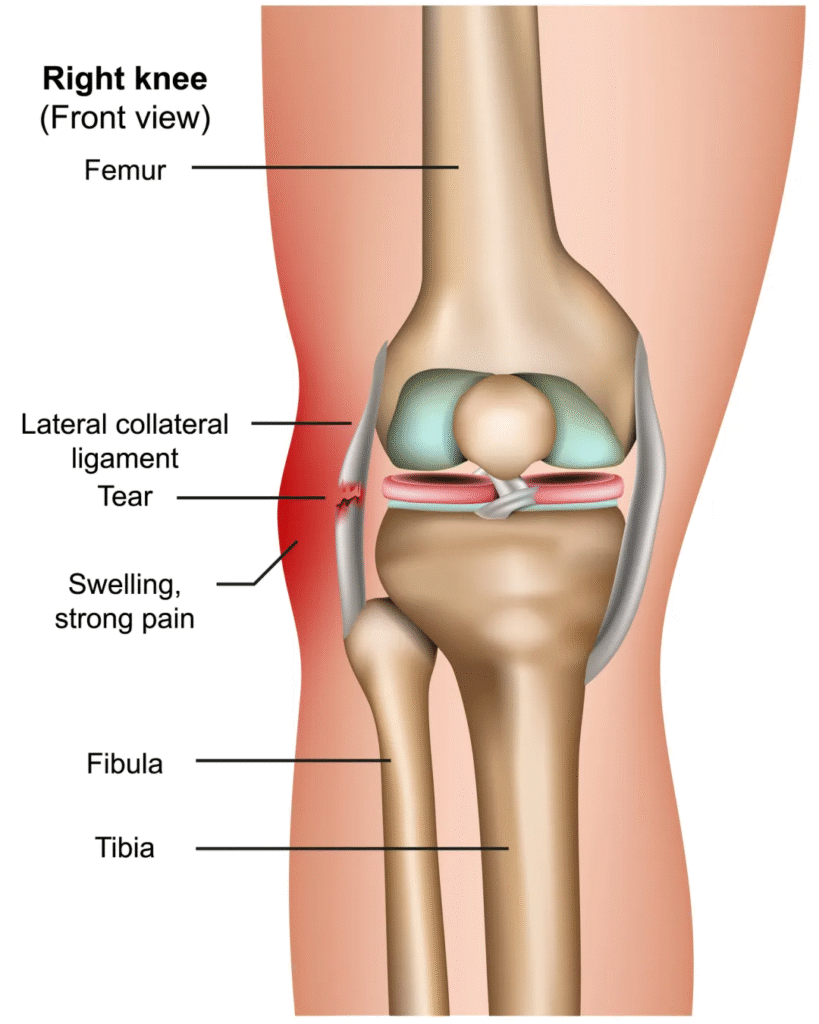
Deciding to Have LCL Surgery
Deciding on surgery is a personal choice. Our experts at Tarabichi Joint Care will guide you through this process, providing all the necessary information about the procedure, potential risks, and the recovery timeline.
We help you make an informed decision that aligns with your health goals by carefully weighing the benefits of LCL knee surgery in Dubai against other non-surgical alternatives. If you’re experiencing knee instability or chronic pain from an LCL injury, it’s time to explore your treatment options.
At Tarabichi Joint Care, our team of experts specializes in LCL knee surgery in Dubai. Our personalized care and advanced techniques are designed to help you regain full function of your knee.
We are committed to guiding you through every step of your recovery, from initial consultation to a full return to your active lifestyle.
Book a consultation with us today to find out how we can help you achieve lasting relief and a better quality of life.
FAQs about LCL Reconstruction Surgery
LCL reconstruction surgery in Dubai is typically an open procedure. The surgeon makes an incision on the outside of the knee to get a full view of the joint.
The damaged ligament is removed, and a tendon graft, usually from the patient’s hamstring or a donor, is used to replace it. The graft is secured to the thighbone and fibula using surgical screws and sutures.
While rare, potential complications can include persistent knee pain, instability, or weakness.
There is also a small risk of nerve damage (to the peroneal nerve) and infection. To minimize potential risks, our team takes every precaution and will discuss these with you in detail during your consultation.
Before surgery, you must provide your medical history, recent diagnostic imaging (MRI or X-ray reports), current medications, and insurance information. Our administrative team will assist you with all the necessary paperwork to ensure a smooth process.
Recovery is a gradual process that can take six to nine months. The initial phase involves using crutches and a brace for several weeks. Physical therapy begins early to restore range of motion and strength.
A full return to athletic activities is typically allowed only after the new ligament fully recovers and the surrounding muscles are strong enough.
The graft used for LCL reconstruction surgery can be an autograft (taken from another part of your body, such as the hamstring tendon) or an allograft (a donated tendon from a cadaver).
Your surgeon will discuss each option’s pros and cons to determine your case’s best choice.
